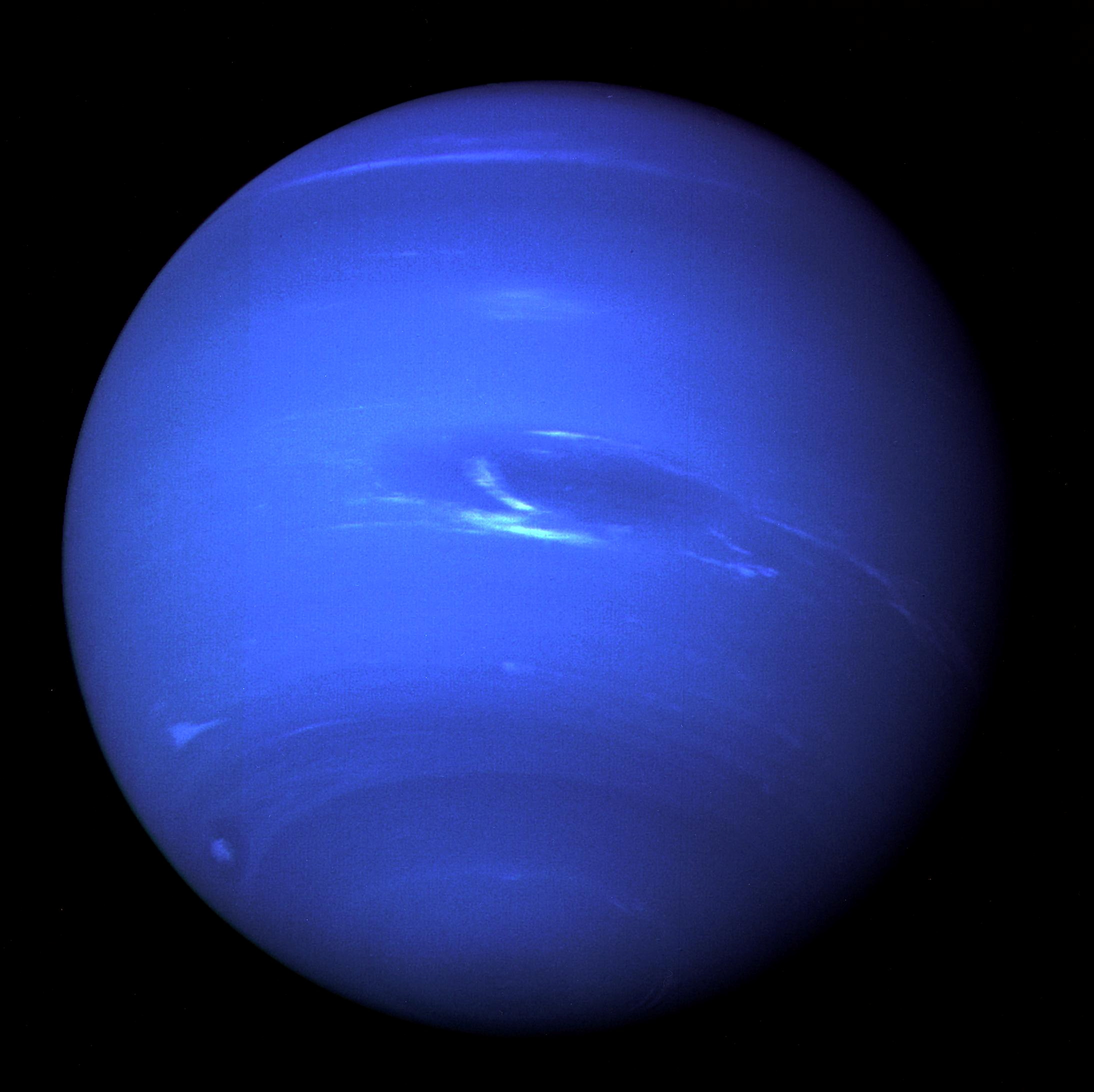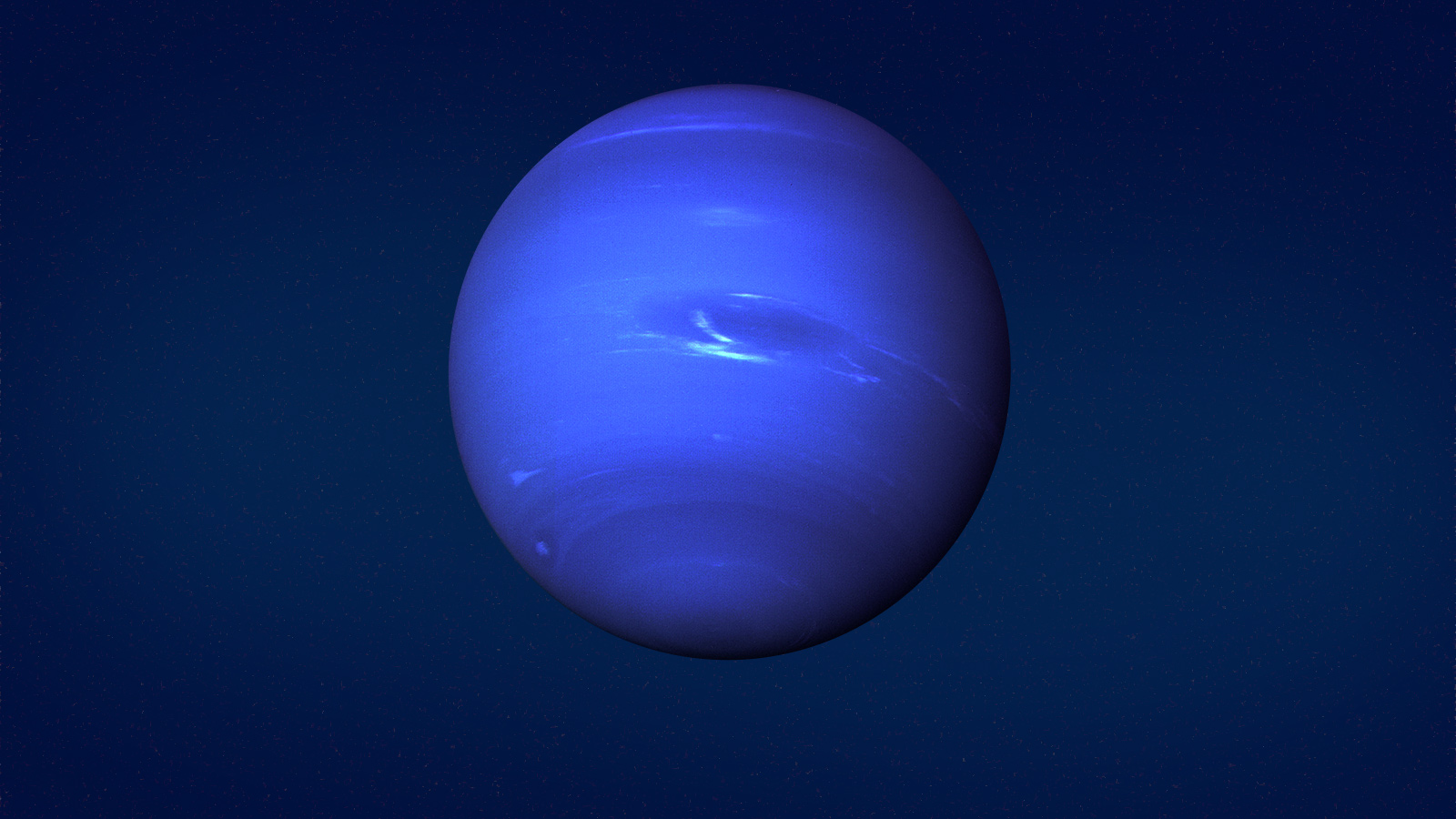Neptune: The Mysterious Blue Planet
Share

Neptune, the eighth planet from the Sun, is a captivating destination for those fascinated by the cosmos. Known for its striking blue color and dynamic atmosphere, Neptune presents a unique blend of mystery and beauty. This article will guide you through the wonders of Neptune, its key attractions, the best time to visit, and essential travel tips.
Key Attractions and Activities
1. The Great Dark Spot

One of Neptune's most famous features is the Great Dark Spot, a massive storm system similar to Jupiter's Great Red Spot. This colossal storm can be observed through powerful telescopes and is a subject of interest for astronomers. The Great Dark Spot is a testament to the planet's turbulent atmosphere, showcasing winds that can reach speeds of up to 1,500 miles per hour.
2. Triton: Neptune's Largest Moon

Triton is not just Neptune's largest moon; it is also one of the most intriguing celestial bodies in our solar system. With its retrograde orbit and geysers that spew nitrogen gas, Triton offers a glimpse into the dynamic processes occurring beyond Earth. A visit to Triton would allow you to witness its unique surface features and possibly catch a glimpse of its geysers in action.
3. Neptune's Rings
Neptune has a faint ring system that is often overlooked. Composed of ice particles and dust, these rings are a fascinating aspect of the planet. Observing the rings can be done through telescopes, and they provide insight into the planet's formation and evolution.
Best Time to Visit Neptune
While visiting Neptune in person is not currently feasible, understanding its seasonal changes can be fascinating for space enthusiasts. Neptune experiences seasons similar to Earth, but they last much longer due to its lengthy orbit around the Sun, taking about 165 Earth years to complete one revolution.
Weather Information
Neptune's atmosphere is primarily composed of hydrogen, helium, and methane, giving it that distinctive blue color. The planet's weather is characterized by extreme winds and storms, with temperatures averaging around -214 degrees Celsius (-353 degrees Fahrenheit). The best time to observe Neptune from Earth is during its opposition, which occurs approximately every 367 days when it is closest to our planet.
How to Experience Neptune from Earth
While a physical visit to Neptune is not possible with current technology, there are several ways to experience the beauty and mystery of this distant planet:
1. Telescopic Observations
Using a telescope, you can observe Neptune from your backyard. Look for it during its opposition when it appears brighter and larger in the night sky. Many astronomy clubs offer public viewing nights where you can learn more about Neptune and other celestial objects.
2. Planetarium Shows
Many planetariums offer shows that highlight the planets in our solar system, including Neptune. These shows often feature stunning visuals and expert commentary, providing a deeper understanding of Neptune's characteristics and its place in the cosmos.
3. Online Resources and Virtual Tours
Numerous websites and online platforms provide virtual tours of the solar system. NASA's website, for instance, offers interactive features that allow you to explore Neptune and its moons in detail.
Travel Essentials
Booking Hotels and Flights
For those looking to explore space-themed attractions on Earth, consider booking a stay at hotels near planetariums or observatories. Check out Hotels & Flights for the best deals. If you're planning to travel to a specific location for astronomical events, ensure you book your flights in advance to secure the best rates.
Transfers
If you're visiting a planetarium or observatory, consider arranging transfers to make your travel seamless. You can find reliable transfer options at Transfers.
Engaging with the Cosmos
As you ponder the mysteries of Neptune, consider how this distant planet connects to your own life. The quest for knowledge about our universe can inspire a sense of wonder and curiosity. Whether you are an avid stargazer or a casual observer, Neptune serves as a reminder of the vastness of space and the beauty that lies beyond our planet.
Final Thoughts
Neptune may be far from our reach, but its allure continues to captivate our imagination. From its stunning blue hue to its dynamic weather patterns, this distant planet is a treasure trove of scientific intrigue. As you plan your next cosmic adventure, remember that the universe is full of wonders waiting to be discovered. Embrace the journey of learning and exploration, and let Neptune inspire your next adventure in the stars.



